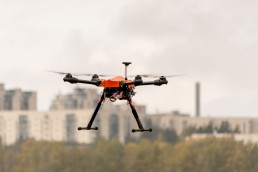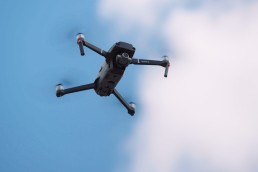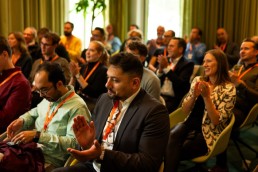Urban Air Mobility for smart cities
Drones can play an increasing role in a more sustainable transport system and contribute to the reduction of emissions from the transport of goods in cities. There is enormous potential for urban air mobility solutions, such as surveillance, transport of material, or in identifying traffic patterns.
We are working closely with partners in several international initiatives to ensure that Stockholm takes a leading role in identifying, testing, and developing future solutions for urban drone services.
We strengthen the local and national ecosystem by networking and sharing knowledge with cities, authorities, and the business community.
Over the next few years, we will develop tools for urban planning, evaluate potential lifting and landing sites within the city and build an ecosystem that will enable drone traffic to become an integral part of our transport systems.
Partners
City of Stockholm
Luftfartsverket
VTT
RISE
NORCE
Bell Rock Advisors
Avinor
Katla Aero
Drone Nord
Gate 21
Mainbase
Flypulse
Nordic Edge
UAS Norway
Business Tampere
ContactKarolina Pamp
karolina.pamp@kista.com
Related projects
mars 22, 2023
CITYAM
A new project will prepare cities for the next phase of the fast-growing drone economy.
februari 9, 2023
Nordic drone initiative
A platform for exchange of ideas between the Nordic countries and the rest of the world
Related articles
juni 7, 2024
Drone adaptation in cities
september 6, 2023
Navigating the skies: Drones and urban mobility
Safer, more efficient and sustainable cities with the help of drones? At Mobility Day 2023 experts in urban mobility and drone technology…
mars 22, 2023
Kista takes the lead in smart drone services
Drones will soon be serving customers, citizens, businesses, and authorities with a wide range of revolutionary new services. Kista Science…
februari 9, 2023
Drones – a natural layer in the future transport system
What impact will the new U-space regulations, Sustainable Urban Mobility Planning and UAMs have on Swedish authorities and entities?





